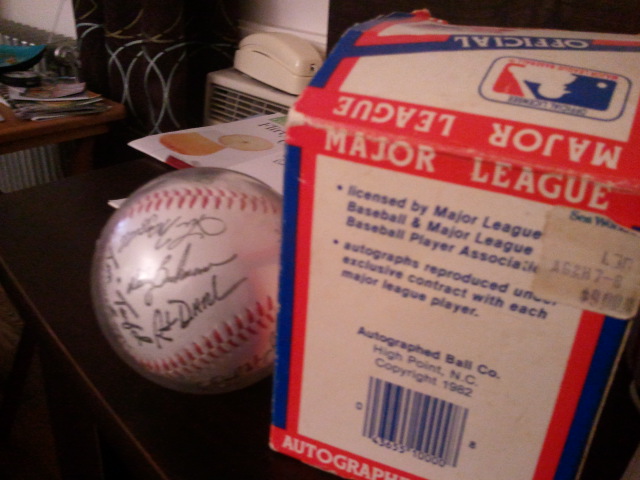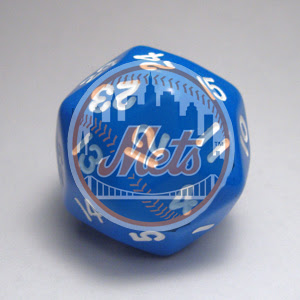Sandy Alderson was quoted recently as viewing Johan Santana as a question mark for the rotation to start the season. This comment was a statement on being prudent and building depth, not a dire prediction about Santana’s health. Still, it was misrepresented and reported as a medical update instead of simply an extension of previous comments of Alderson’s suggesting it’s a good idea to have lots of depth in the rotation. Johan Santana has not had a setback, and is on exactly the same path he has been since early October; Opening Day. He’s begun offseason conditioning, but it’s way too early to start throwing a baseball. Certainly there’s a possibility when he starts throwing that his shoulder will struggle to respond the way a pitcher’s needs to, but that’s merely a possibility, not a prediction.
Expecting Santana’s body to respond like Mark Prior’s, or Chien Ming Wang’s, is probably as silly as me expecting my body to respond like David Wright’s when I go to the gym. It’s even possible Santana and his doctors could use Wang and Prior’s experience as guidelines to improve on the rehabilitation process. Santana is a different person, and everyone’s body responds differently. There is a thought out there that because of copy number variation in the human genome, and other in depth biological stuff outside my paygrade, that there is some difference in the way different racial populations across the globe adapted over the last 200,000 years or so. Basically expecting Santana’s body to heal and strengthen like Mark Prior’s may be like expecting your Ford Fusion to break down at the same odometer reading your neighbor’s Focus broke down at.
They estimated Tommy John’s odds of recovery from his procedure at 1%, but nowadays 83% or so of the operations go as planned. Practice makes perfect, so to speak. A lot of that has to do with the regiment and rehab schedules and learning what’s the best way to get the elbow or shoulder into game shape again. This isn’t to say that that Santana is a lock to make even 25 starts next season, or that he’ll be successful if he does so. It simply means that Sandy Alderson is aware of the severity of the surgery Santana had and knows the importance of pitching depth. That’s it.







